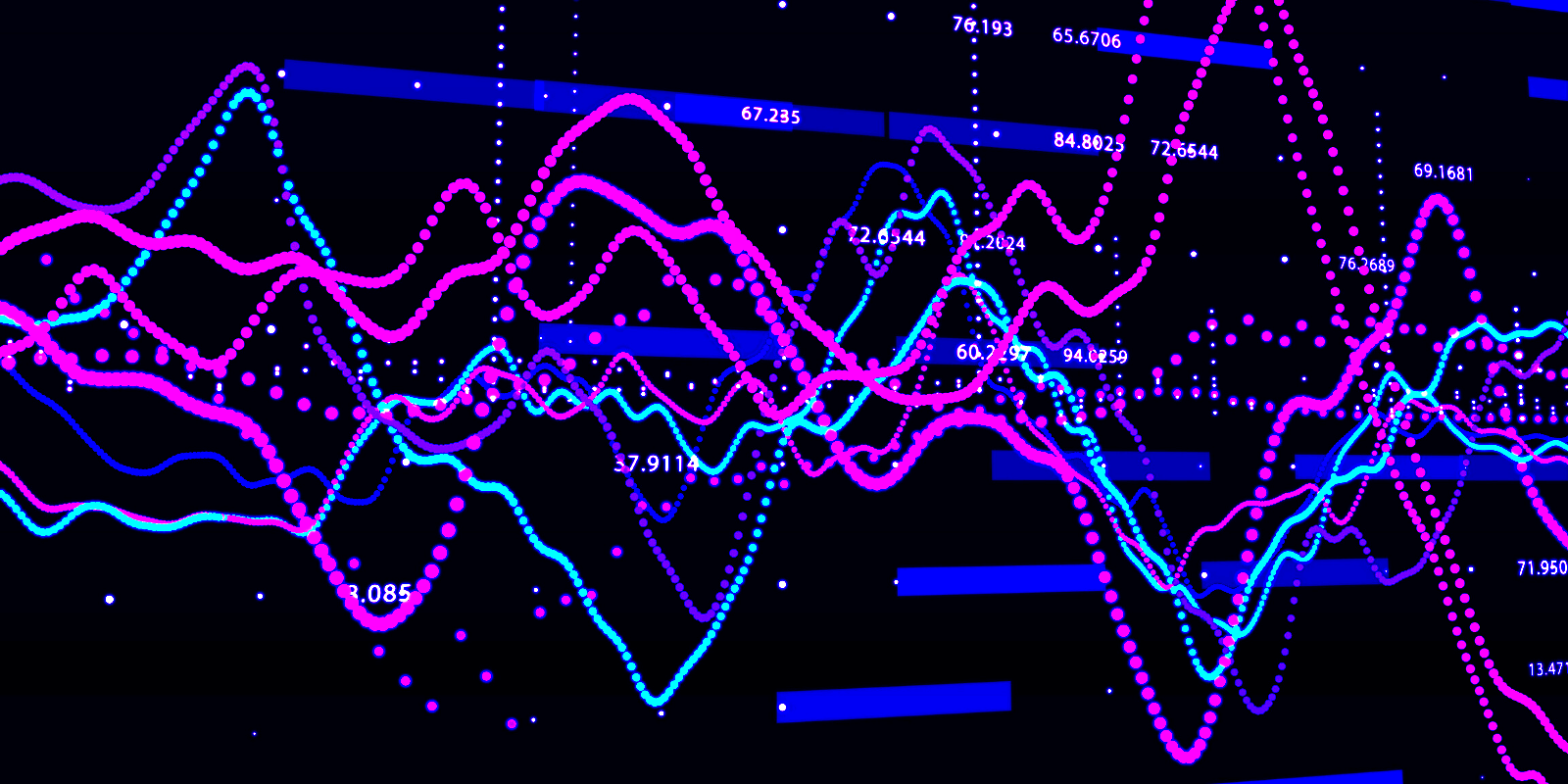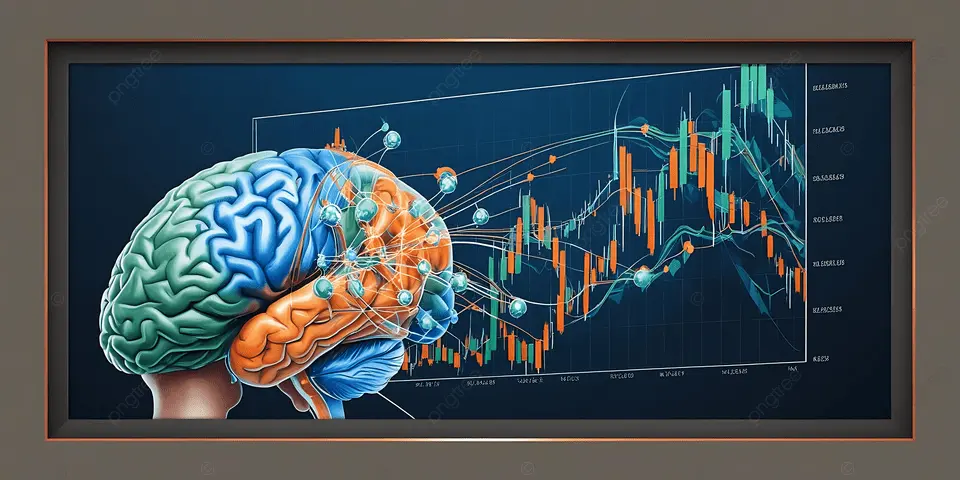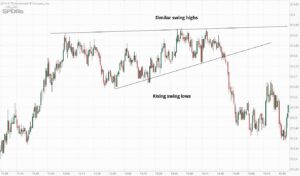Introduction
Hi there — I’m glad you’re reading this! In this article, I’ll explain AI for Investors: Tools and Strategies for Automated Trading, Portfolio Analysis, and Market Prediction in a friendly, easy-to-understand way. I’ll show how AI can help with automated trading, portfolio analysis, and market prediction. Whether you’re just curious or already investing, I hope this helps you see how AI tools can become your smart assistant.
So, let’s jump right into AI for Investors — what it is, what tools to use, and how to build strategies you can trust.
Why AI for Investors Matters
When I started learning about investing, I was overwhelmed by data — prices, news, charts, sentiment, reports. AI (artificial intelligence) helps us make sense of all that noise.
Here’s why AI matters for investors:
- Speed & scale: AI can process tons of data in seconds, which a human couldn’t do manually.
- Pattern detection: AI models can spot patterns or signals that are hard for humans to see.
- Automation: You can automate parts of trading or portfolio management so you don’t have to keep staring at screens.
- Risk control: AI can help with risk modeling and alert you when danger lurks.
So, as I use AI for investing myself, I think of it as a powerful helper — not a magic wand, but a smart co-pilot.
Three Big Areas Where AI Helps Investors
I like to think of three big categories where AI can help you:
- Automated trading
- Portfolio analysis & optimization
- Market prediction & forecasting
I’ll go through each, explaining what they are, how to use them, and tools you might try.
Automated Trading with AI
What is automated trading?
Automated trading means that an algorithm (or bot) places buy/sell orders on your behalf, based on rules or signals. With AI, those rules are not rigid but adaptive — meaning the system can “learn” which signals tend to work over time.
This is where AI for Investors is especially flashy: AI-powered bots can monitor markets 24/7, scan signals, and act faster than humans.
Key techniques used
Here are some AI/ML techniques commonly used in automated trading:
- Machine learning models: Regression, decision trees, random forests, neural networks
- Deep learning / LSTM / CNN: Great for time series, to capture patterns over time
- Reinforcement learning: Bots that “learn by doing,” optimizing their strategy over time
- Meta-labeling: Using a second model to filter or size trades coming from a first model Wikipedia
- Agent-based simulation: Simulating many “agents” to see how markets might evolve Wikipedia

How I would build a simple AI automated strategy (step by step)
Here’s how I’d go about it:
- Pick a market & time frame (stocks, forex, crypto; daily, hourly, minute)
- Collect data: price history, volume, indicators, news, sentiment
- Feature engineering: Make features like moving averages, RSI, momentum, sentiment scores
- Model training: Use a machine learning algorithm to predict “signal” (buy / sell / hold)
- Meta model / filter: Use meta-labeling or a second model to decide if a signal is good enough
- Backtesting: Test how the strategy would have performed historically
- Paper trading / live small amount: Try it with small capital first
- Monitoring & updating: Continually watch performance, adjust, retrain
This process applies to many AI trading systems out there today.
Tools & platforms to try
Here are a few known platforms or tools relevant to AI automated trading:
- TrendSpider — supports automated strategy execution, pattern recognition, AI Strategy Lab. trendspider.com
- Tickeron — offers real-time trading signals and virtual AI agents for auto trading. Tickeron+1
- Kavout — includes AI scoring and predictive modules to feed into automated systems. Visualping
- Numerai — a hedge fund that uses crowdsourced AI models to trade. Wikipedia
When you choose a tool, ask: Can I link it to my broker? Does it let me automate order placement? How much control vs black-box?
Risks and things I watch out for
Because AI trading sounds glamorous, let me warn you about pitfalls I’ve learned:
- Overfitting: The model works well on past data but fails on new data
- Data leakage: Accidentally using future data to train the model
- Execution risk / slippage: The model says “buy,” but price moves before execution
- Market regime change: What worked last year may fail in new markets
- Black box risk: You may not understand exactly why the model does what it does
So, I always require good validation, risk limits, stop losses, and continuous monitoring.
Portfolio Analysis & Optimization with AI
Besides trading, AI is powerful in analyzing and managing your broader portfolio. Even if you don’t use full automation, AI can guide you.
Why portfolio AI matters
When you have multiple assets (stocks, bonds, crypto, etc.), you want to:
- Diversify smartly
- Balance risk vs return
- Monitor exposure
- Rebalance when needed
AI helps by modeling correlations, scenario analysis, stress tests, and optimization.
Common methods & techniques
Some methods AI uses here:
- Modern portfolio theory (MPT) augmented with AI
- Factor modeling (value, momentum, quality, etc.)
- Risk modeling with ML — predicting downside risk, drawdowns
- Clustering / dimensionality reduction — grouping assets that behave similarly
- Rebalancing rules using AI to decide when to adjust
My sample workflow for AI portfolio analysis
Here’s how I’d use AI to analyze my own portfolio:
- Gather data: returns, volatility, correlations, fundamentals
- Feature extraction: Compute factor scores, trend measures, macro indicators
- Risk modeling: Use ML to estimate downside risk, VaR, tail risk
- Optimization: Use constrained optimization (e.g. mean-variance with AI inputs)
- Scenario simulation: Simulate crises or market shocks
- Rebalancing trigger logic: Let AI decide when to rebalance
Tools & platforms to try
Here are some AI platforms that help with portfolio analysis and advisory:
- OpenBB — offers AI / ML modules for portfolio analysis. AIMultiple
- AI financial research platforms — many integrate portfolio analytics. AIMultiple+1
- Robo-advisors — they use algorithms (some AI) to manage and rebalance for you. Wikipedia+1
When you try a portfolio tool, see if it lets you upload your actual holdings, run “what-if” simulations, and get rebalancing suggestions.

Market Prediction & Forecasting with AI
Perhaps the most hyped part of AI for Investors is forecasting: trying to predict the market’s direction, trends, or returns.
Why forecasts are tricky (and fascinating)
The market is influenced by many factors: macroeconomics, sentiment, politics, surprise events. AI doesn’t see the future — but it can find patterns and probabilities. The goal is not perfect prediction, but probabilistic advantage.
Models & techniques used
Common methods for market forecasting:
- Time series models: ARIMA, GARCH
- Deep learning: LSTM, transformer, attention models
- Ensemble methods: combine several models to reduce risk
- Generative AI / sequence models: e.g. some recent work like “StockGPT” arXiv
- Multi-modal models: combining price, news, sentiment, macro
- AI agents / pipeline systems: e.g. FinRobot combining qualitative + quantitative agents. arXiv
- Open platforms: FinWorld is an open-source framework integrating many tasks. arXiv
My forecasting approach (in simple terms)
Here’s how I’d try forecasting:
- Collect multiple data channels: price, volume, news sentiment, macro, indicators
- Preprocess, align time-frames
- Train multiple models (LSTM, tree, transformer)
- Combine via ensemble (voting, weighting)
- Output probabilities (e.g. “60% chance market up tomorrow”)
- Feed signals into your trading or portfolio system
- Monitor performance and adjust
I always think: forecasts are guidance, not gospel.
Tools & platforms to try
- VantagePoint AI, MetaStock — known in forecasting space. CADChain
- TrendSpider’s AI Strategy Lab includes prediction modules. trendspider.com
- Open research tools: FinWorld, FinRobot, StockGPT as mentioned above
Putting It All Together: A Strategy Example
Let me walk you through a hypothetical AI-based investing “stack” I might build:
- Use a forecasting model (ensemble of LSTM + transformer + news sentiment) to predict short-term trend probabilities.
- Use meta-labeling or filter to only take signals with high confidence.
- Use automated trading to place small trades when signal triggers.
- Overlaid is a portfolio module that checks allocation drift and risk.
- End of day or week, the system rebalances or hedges if needed.
- Continuous monitoring: track metrics like Sharpe ratio, drawdown, signal accuracy.
- Retraining: weekly or monthly update models with new data.
This is not a guarantee of profit — but this is how I’d combine the three pillars (automated trading + portfolio analysis + forecasting) into a coherent system.
Best Practices & Tips I Live By
From what I’ve learned and from what many experts recommend, here are tips I always follow:
- Start small. Don’t throw lots of money at a new model.
- Validate out-of-sample. Keep a “test set” or “holdout period.”
- Use risk limits, stop losses, position caps.
- Use ensemble (combine models) instead of betting all on one.
- Monitor model drift — markets change, so models must adapt.
- Keep explainability: know roughly why model acts.
- Don’t ignore fundamentals and macro. AI is a tool, not a replacement for judgment.
- Backup your system. Logs, checks, failsafes.
SEO / Outbound Links & Resources
Here are useful resources I often refer to (these are outbound links):
- TrendSpider (AI strategy, charting automation) trendspider.com
- Tickeron (AI pattern search, agents) Tickeron
- OpenBB (AI financial research, portfolio tools) AIMultiple
- Investopedia’s description of robo-advisors Wikipedia
- Research on meta-labeling Wikipedia
These help you dig deeper if you like.
Challenges and Limitations
I want to be honest about what AI for investors can’t do:
- It can’t foresee black swan events (sudden crashes, pandemics)
- Predictions are probabilistic, not guaranteed
- Data quality matters a lot — bad data gives bad results
- Execution issues: latency, slippage, broker API quirks
- Overconfidence risk: assuming AI “solves everything”
- Regulatory or compliance constraints depending on your region
So always combine AI with human oversight, common sense, and continuous vigilance.
What the Future Might Hold (from where I see it)
Based on trends I follow:
- More multi-modal AI combining price, text, image, alternative data
- Use of foundation models / large language models in finance (like StockGPT) arXiv
- More open platforms (like FinWorld) for community innovation arXiv
- Hybrid systems: combining human + AI decisions
- More regulation, more transparency demands
- Democratization: more tools accessible to everyday investors
Conclusion
That’s my take on AI for Investors: it’s about using tools and strategies in automated trading, portfolio analysis, and forecasting to become a smarter investor. AI won’t replace you — but it can be a powerful assistant.
Also Read “AI In Personal Finance”






2 thoughts on “AI for Investors: Tools and Strategies for Automated Trading”